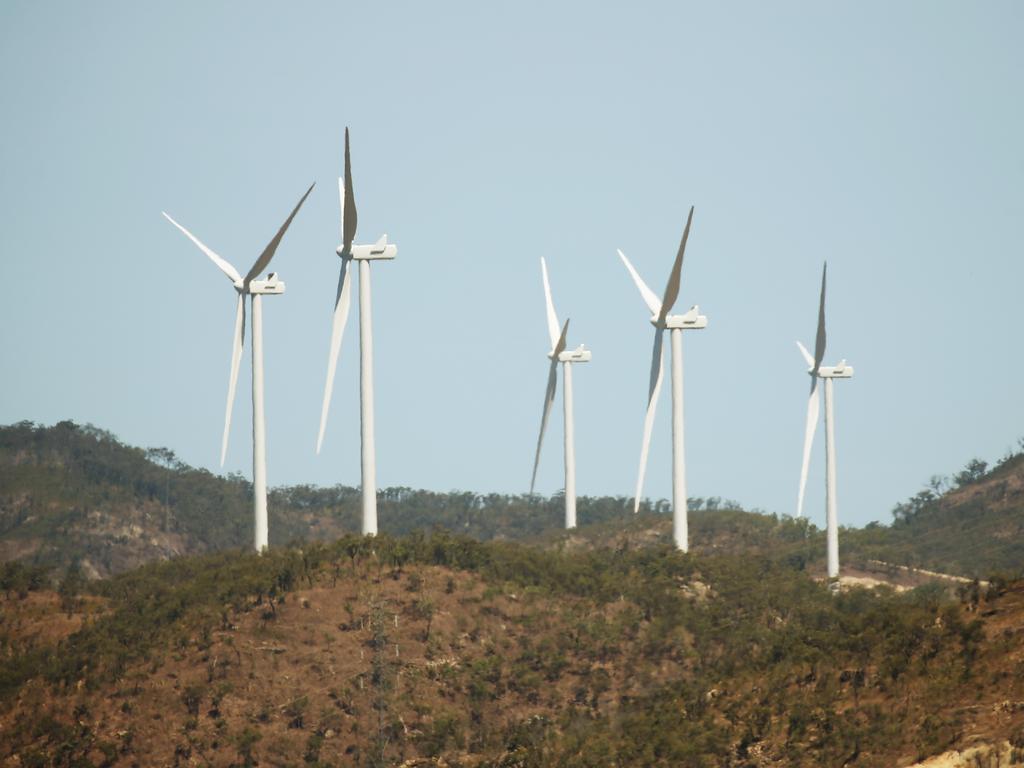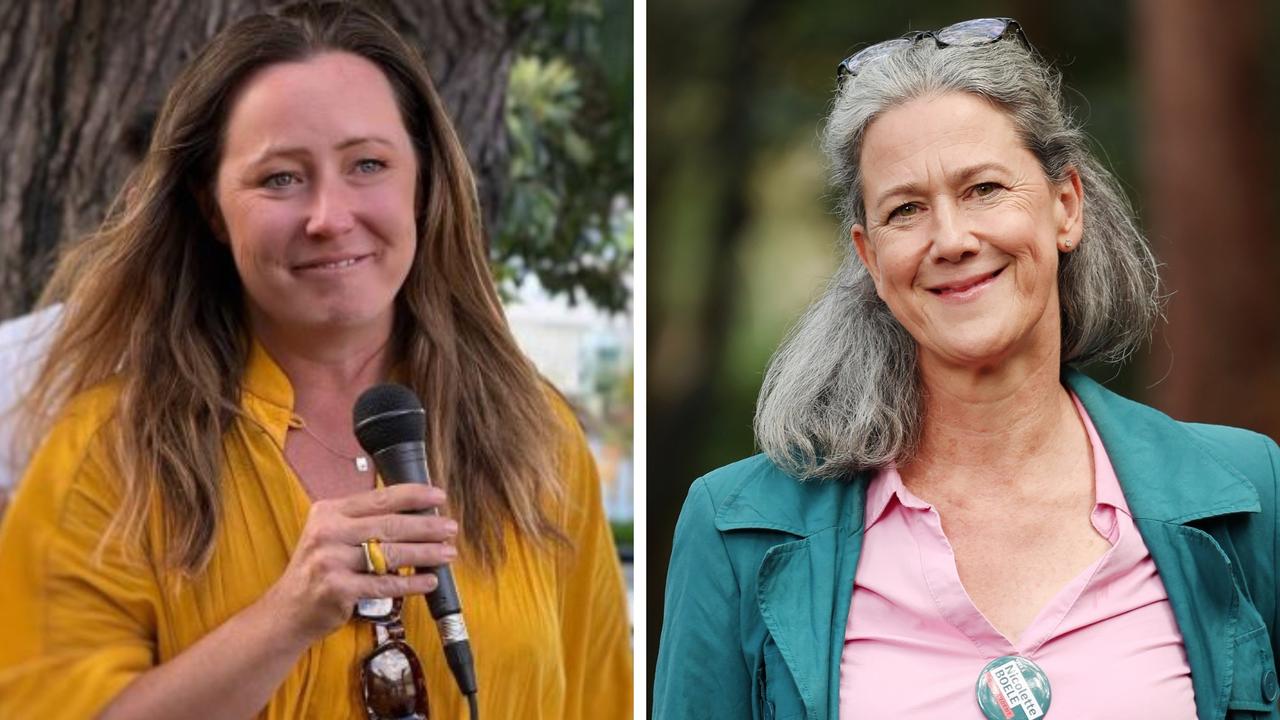Tasmania eyes reserves and conservation areas for wind and solar plants
Tasmania is considering allowing new wind farms and other renewable energy projects to be developed in some of its conservation areas and forest and other reserves.

Tasmania is considering allowing wind farms and other renewable energy projects to be developed in some of its conservation areas and forest and other reserves.
The government has quietly assessed and graded its parks and reserves for suitability as sites for wind farms and other renewable projects, as it seeks to double renewable energy production.
The move could mean some reserves, such as conservation areas, regional reserves and forests previously earmarked for protection, become sites for new wind, solar and hydrogen plants.
It is set to provoke a new war with conservationists already fighting multiple wind farm developments across the state.
“Why should reserve lands be on the table for any sort of industrial development?” Greens leader Cassy O’Connor told The Australian. “These are areas that have been protected because they have inherent value that requires protection. Putting those values at risk is the wrong approach, and totally unnecessary.
“Let’s build more renewables, let’s accelerate our transition away from fossil fuels, but let’s do it in the best way possible – one that protects Tasmania’s unique environment.”
The Liberal government has set a “200 per cent” renewable energy target, hoping a $3.8bn proposed second power interconnector cable under Bass Strait will allow the state to export the surplus power to the mainland.
It appears parks and reserves were included in a geographical analysis undertaken to identify and rank land for its “ability to co-locate with new renewables”.
A spokesman for the Rockliff government did not deny the assessment had included all reserve types, including Tasmania’s Wilderness World Heritage Area and National Parks.
The spokesman said the TWWHA and National Parks, along with historic sites and some other reserves types, had been “excluded” as sites for new renewable energy projects.
However, other reserve types – including regional reserves, conservation areas and forests earmarked for protection under the Tasmanian Forest Agreement – were still being considered.
“Discussions on other reserve classes are ongoing,” he said, adding that these reserves were being considered for energy projects because their management objectives “potentially allow for … controlled use of natural resources, subject to assessment”.
He said the process was part of plans to identify “renewable energy zones”, or REZs, across the state. “The community will also soon to be asked to contribute to the process by identifying places and areas of importance to them,” the spokesman said.
“From these inputs, government intends to then consult publicly on this process and potential REZ candidate areas in the coming months.
“Renewables projects will still need to be assessed by the state’s rigorous planning and environmental approval processes. However, it is hoped this REZ identification work will minimise the chances of proponents considering project development in areas that may not be supported.”
Ms O’Connor accused the government of “taking the cheap, nasty and damaging road” to transitioning to a carbon-free economy. She denied it was hypocritical of the Greens to demand a transition away from fossil fuels while opposing some renewable energy projects.
“Some projects are simply the wrong project in the wrong place,” she said. “The proposed Robbins Island wind farm is a classic example. It’s an internationally significant bird habitat and a terrible place for turbines.”








To join the conversation, please log in. Don't have an account? Register
Join the conversation, you are commenting as Logout